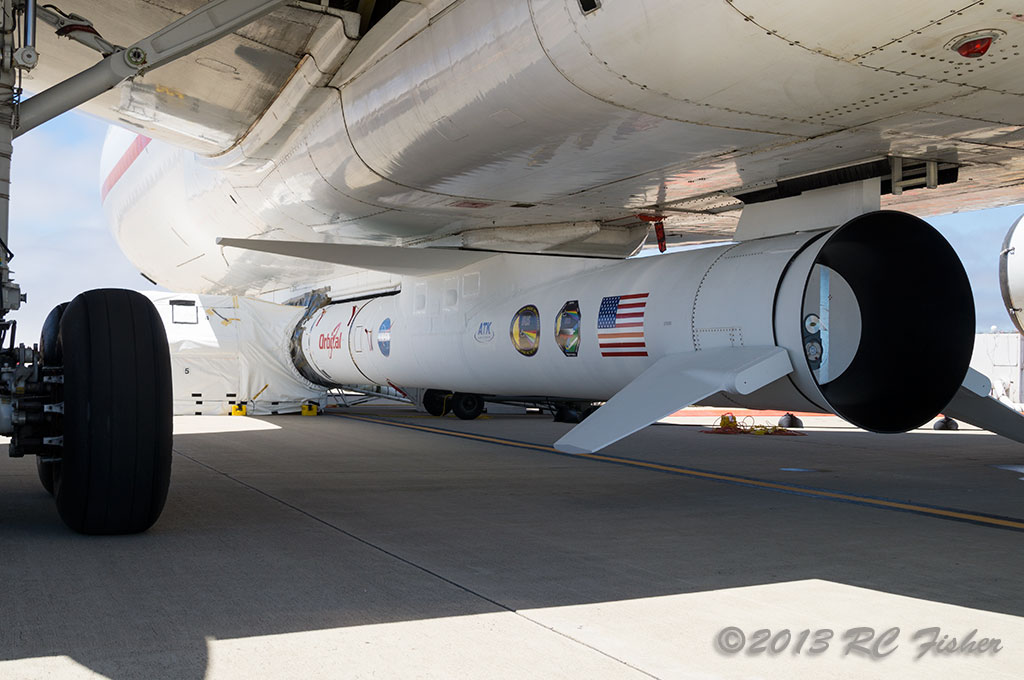
Photo Credit: Robert C. Fisher / AmericaSpace
NASA’s Interface Region Imaging Spectrograph (IRIS) spacecraft has captured its first observations of a region of the Sun that is now possible to observe in detail: the lowest layers of the Sun’s atmosphere.
The first images from IRIS show the solar interface region in unprecedented detail. They reveal dynamic magnetic structures and flows of material in the Sun’s atmosphere and hint at tremendous amounts of energy transfer through this little-understood region. These features may help power the Sun’s dynamic million-degree atmosphere and drive the solar wind that streams out to fill the entire Solar System.
“With this grand opening of the telescope door and first observations from IRIS we’ve opened a new window into the energetics of the Sun’s atmosphere,” said John Grunsfeld, associate administrator of the Science Mission Directorate at NASA Headquarters in Washington. “The mission is a great example of a successful partnership for science between government, industry, academia, and international institutions. We look forward to the new insights IRIS will provide.”
IRIS capabilities are tailored to let scientists observe the interface region in exquisite detail. The energy flowing through it powers the upper layer of the Sun’s atmosphere, the corona, to temperatures greater than 1.8 million degrees Fahrenheit (1 million kelvins). That is almost a thousand times hotter than the Sun’s surface. Understanding the interface region is important because it drives the solar wind and forms the ultraviolet emission that impacts near-Earth space and Earth’s climate.
As IRIS’s telescope door opened for the first time ever on July 17, the imaging spectrograph began to observe the Sun. IRIS’s first images show a multitude of thin, fiber-like structures that have never been seen before. The observations reveal enormous contrasts in density and temperature throughout this region, even between neighboring loops only a few hundred miles apart. The images also show spots that rapidly brighten and dim, which provide clues to how energy is transported and absorbed throughout the region.
“The quality of the images and spectra we are receiving from IRIS is amazing—this is just what we were hoping for,” said Alan Title, IRIS principal investigator at Lockheed Martin in Palo Alto, Calif. “There is much work ahead to understand what we’re seeing, but the quality of the data will enable us to do that.”
IRIS is a NASA Small Explorer mission that was launched on June 27. Designed to observe the interface region more clearly than ever before, IRIS’s instrument is a combination of an ultraviolet telescope and a spectrograph. The telescope provides high-resolution images, able to resolve very fine features as small as 150 miles across. The spectrograph splits the Sun’s light into its various wavelengths and measures how much of any given wavelength is present. Analysis of these spectral lines also can provide velocity, temperature, and density data, key information that will enable scientists to track how energy and heat moves through the region.
In the coming weeks and months, scientists will scrutinize the IRIS data of the interface region on the Sun. IRIS will collect data at least an order of magnitude faster than any previous solar observatory.
The IRIS Observatory was designed by Lockheed Martin, which also manages the mission. The Harvard-Smithsonian Center for Astrophysics in Cambridge, Mass., built the telescope. Montana State University in Bozeman, Mont., designed the spectrograph. NASA’s Ames Research Center in Moffett Field, Calif., provides mission operations and ground data systems. NASA’s Goddard Space Flight Center in Greenbelt, Md., manages the Small Explorer Program for NASA Headquarters. The Norwegian Space Centre is providing regular downlinks of science data. Other contributors include the University of Oslo in Norway and Stanford University in California.
For more information about IRIS, visit: http://www.nasa.gov/iris
Want to keep up-to-date with all things space? Be sure to “Like” Retro Space Images & AmericaSpace on Facebook and follow us on Twitter: @AmericaSpace
Missions » IRIS »



